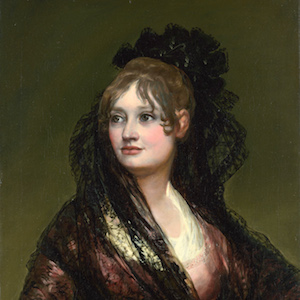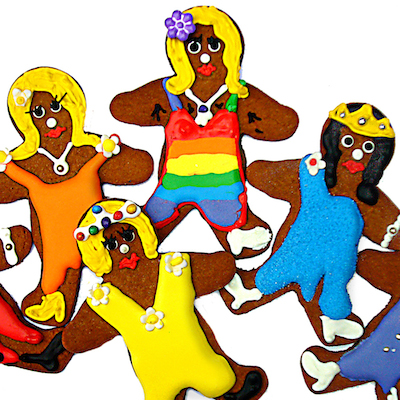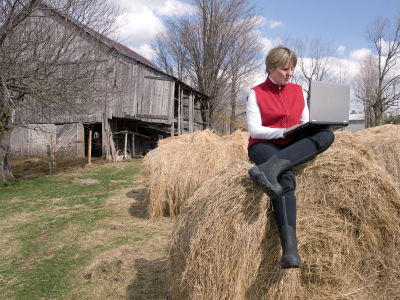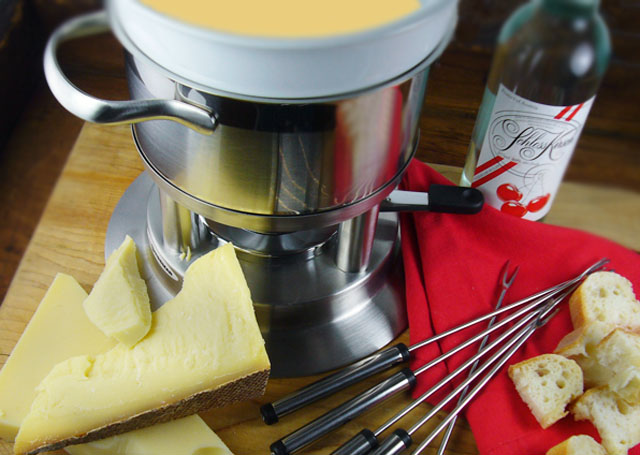Wine and Art is an ongoing GFR series on the relationship between the two creative endeavours by working artist and author Lorette C. Luzajic. 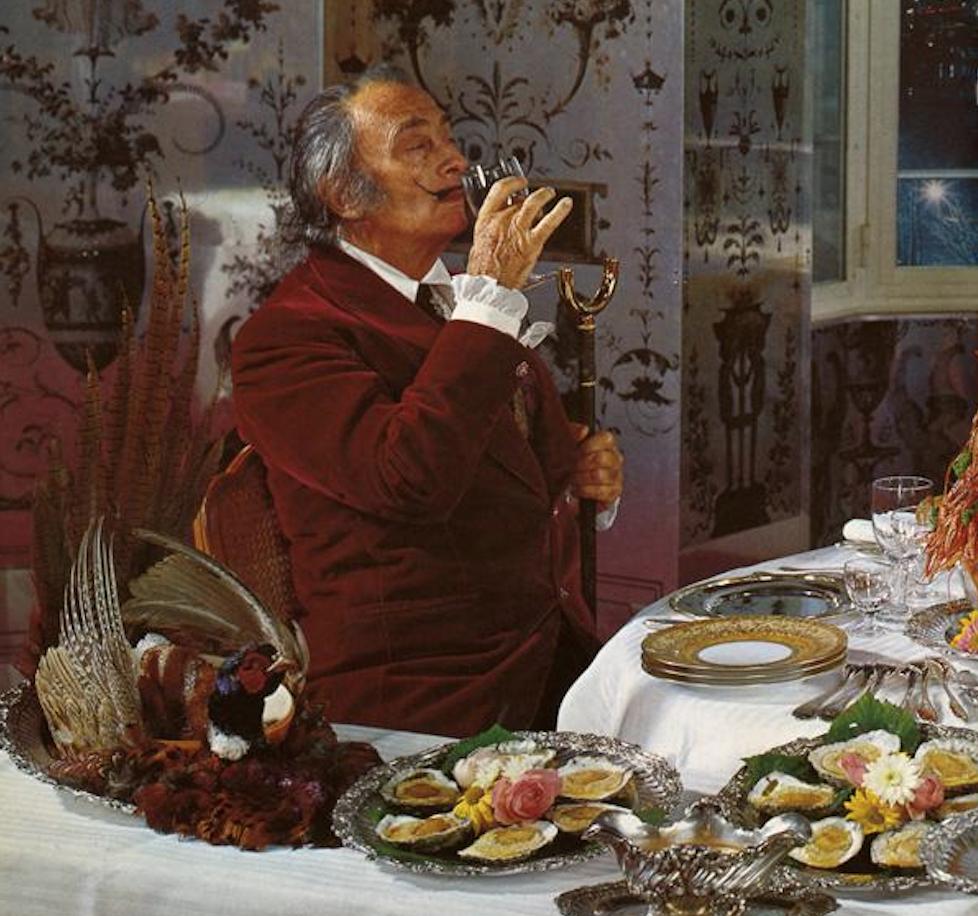
 It bites first with a mouthful of dish soap, and then it throws you down the stairs- plush, heavy, velvety stairs with embroidered gold thread tapestry and silk tassels. One sip of Beronia Tempranillo Rioja casts a spell that summons castles and poets and matadors. That’s a long way from home for only thirteen bucks. Beronia is not just a wine, it’s a dance partner. From resistance to flirtation to torrid passion, and then a moonlit denouement among crashing waves. It comes on way too strong, but leaves you begging for more when it’s gone. Before the first bottle is shared, you are spilling secrets or writing symphonies with a feather dipped into ink. What is it with Spanish wines? From fine vintages to the sales rack, they are astounding treasures. Wines in France and Italy are bulwarks of history and enchantment, but Spain is something else altogether. Those who have been seduced are forever in its thralls. The same can be said of art. There are a thousand brilliant lights of Italian and French genius. Without them, it is safe to say, there would be no art history, there would be no western civilization. But Spanish artists have their own way of doing things. There’s a mystery there, a darkness, a complication that adds depth and intrigue.
It bites first with a mouthful of dish soap, and then it throws you down the stairs- plush, heavy, velvety stairs with embroidered gold thread tapestry and silk tassels. One sip of Beronia Tempranillo Rioja casts a spell that summons castles and poets and matadors. That’s a long way from home for only thirteen bucks. Beronia is not just a wine, it’s a dance partner. From resistance to flirtation to torrid passion, and then a moonlit denouement among crashing waves. It comes on way too strong, but leaves you begging for more when it’s gone. Before the first bottle is shared, you are spilling secrets or writing symphonies with a feather dipped into ink. What is it with Spanish wines? From fine vintages to the sales rack, they are astounding treasures. Wines in France and Italy are bulwarks of history and enchantment, but Spain is something else altogether. Those who have been seduced are forever in its thralls. The same can be said of art. There are a thousand brilliant lights of Italian and French genius. Without them, it is safe to say, there would be no art history, there would be no western civilization. But Spanish artists have their own way of doing things. There’s a mystery there, a darkness, a complication that adds depth and intrigue.  To appreciate Spanish art and Spanish wine, you must be aware that they are tempestuous and challenging and unforgettable. Summon the Spanish artists to mind- Picasso, Goya, Dali- enough said. As for the grapes, nothing surpasses the complexity, fire, spice and high of Spanish wine. Sometimes I wonder why anyone ever reaches for anything else. Even the bargains are guaranteed to be distinctive and enchanting. And the vintages are bittersweet, tearful affairs – fleeting encounters with lovers that you may never see again. True story: I picked up a bottle of Inspiracion Valdemar 2010, and started weeping after the first few sips. You have to brace yourself for Spanish wine. It’s not smooth and easy, and it expects you to hold up your end of the seduction, including the conversation- a comfortable tempo of clever banter, innuendo, and repartee. D.H. Lawrence wasn’t up for it.
To appreciate Spanish art and Spanish wine, you must be aware that they are tempestuous and challenging and unforgettable. Summon the Spanish artists to mind- Picasso, Goya, Dali- enough said. As for the grapes, nothing surpasses the complexity, fire, spice and high of Spanish wine. Sometimes I wonder why anyone ever reaches for anything else. Even the bargains are guaranteed to be distinctive and enchanting. And the vintages are bittersweet, tearful affairs – fleeting encounters with lovers that you may never see again. True story: I picked up a bottle of Inspiracion Valdemar 2010, and started weeping after the first few sips. You have to brace yourself for Spanish wine. It’s not smooth and easy, and it expects you to hold up your end of the seduction, including the conversation- a comfortable tempo of clever banter, innuendo, and repartee. D.H. Lawrence wasn’t up for it. “The Spanish wine, my God, it is foul, cat piss is champagne compared, this is the sulphurous urination of some aged horse,” he allegedly declared. But with all due respect to the Englishman, his groundbreaking writings and awkward nude paintings are as sexy as gravel. A glass of Rioja is another story that starts with a gorgeous sanguine purple, so dark that it’s nearly opaque. The dance begins. Half a bottle of Lealtanza Reserva 2009 is worth staying home alone for; if you are a lady, you must wear heels and stockings with lines up the back of the leg. If you’re a man, you should take up fine cigars. In any event, reflect over Goya or Velazquez or Juan Gris. There is no better geographic region’s wine to sip during the contemplation of art. The intensity of Tempranillo provides exactly the weighty but wily entheos called for in any viewing situation. Every glass is transcendent. You might also choose
“The Spanish wine, my God, it is foul, cat piss is champagne compared, this is the sulphurous urination of some aged horse,” he allegedly declared. But with all due respect to the Englishman, his groundbreaking writings and awkward nude paintings are as sexy as gravel. A glass of Rioja is another story that starts with a gorgeous sanguine purple, so dark that it’s nearly opaque. The dance begins. Half a bottle of Lealtanza Reserva 2009 is worth staying home alone for; if you are a lady, you must wear heels and stockings with lines up the back of the leg. If you’re a man, you should take up fine cigars. In any event, reflect over Goya or Velazquez or Juan Gris. There is no better geographic region’s wine to sip during the contemplation of art. The intensity of Tempranillo provides exactly the weighty but wily entheos called for in any viewing situation. Every glass is transcendent. You might also choose Abad Dom Bueno Mencía to accompany your visual journey. Complex, spicy, and profound, it is a perfect companion through centuries of these dark and romantic painters. I tread thin ice, of course, pandering to such facile stereotypes of objectification. No one wants to be thought of as strong, sexy, cultured, and passionate. The Spanish lover as masculine yet sensual, or as feminine yet fierce, is a hackneyed cliche. Never mind that this is what is conveyed by the great Spanish arts of flamenco and wine and literature. Not all the artists, after all, have fuelled our imaginations with these myths. Spain’s most important artists, Picasso and Dali, were both brilliant, mad, thundering, driven men. They almost fit the stereotype. But Picasso didn’t embody an archetype of sophisticated, manly irresistibility. He was a coarse and vulgar womanizer who chewed the ladies up and spat them out, a parody of Don Juan with none of the finesse. His bullish tactics and unapologetic infidelities drove more than one gal to suicide. But he also created over 25 thousand works of art.
Abad Dom Bueno Mencía to accompany your visual journey. Complex, spicy, and profound, it is a perfect companion through centuries of these dark and romantic painters. I tread thin ice, of course, pandering to such facile stereotypes of objectification. No one wants to be thought of as strong, sexy, cultured, and passionate. The Spanish lover as masculine yet sensual, or as feminine yet fierce, is a hackneyed cliche. Never mind that this is what is conveyed by the great Spanish arts of flamenco and wine and literature. Not all the artists, after all, have fuelled our imaginations with these myths. Spain’s most important artists, Picasso and Dali, were both brilliant, mad, thundering, driven men. They almost fit the stereotype. But Picasso didn’t embody an archetype of sophisticated, manly irresistibility. He was a coarse and vulgar womanizer who chewed the ladies up and spat them out, a parody of Don Juan with none of the finesse. His bullish tactics and unapologetic infidelities drove more than one gal to suicide. But he also created over 25 thousand works of art.  Salvador Dali, on the other hand, made a big show of unnatural affections, infusing his surrealist paintings with the fashionable Freudianisms of the day. Yet he worshipped his wife Gala, whom he married again a quarter century after their first wedding. Rumours and truths abound about the couple’s various unusual tastes and the assorted arrangements they made for their offbeat proclivities, but they were together as soul mates for more than fifty years.
Salvador Dali, on the other hand, made a big show of unnatural affections, infusing his surrealist paintings with the fashionable Freudianisms of the day. Yet he worshipped his wife Gala, whom he married again a quarter century after their first wedding. Rumours and truths abound about the couple’s various unusual tastes and the assorted arrangements they made for their offbeat proclivities, but they were together as soul mates for more than fifty years. 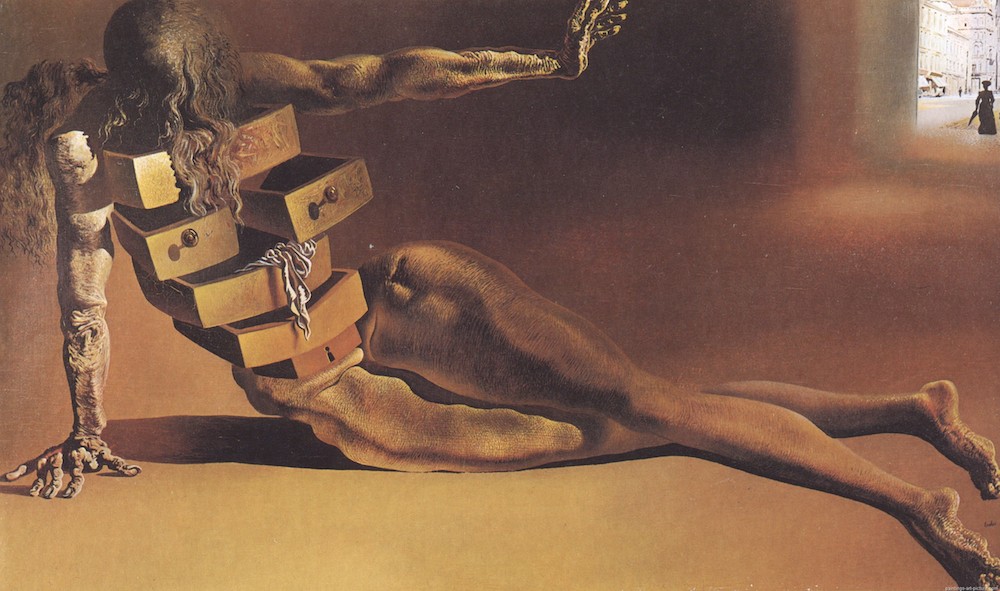 Like all artsy youth, I cut my teeth on Dali and Picasso. Dali and Picasso are bullfighters, or bulls, rather- or, perhaps, bulldozers. The pioneer spirits of these artists each changed art history forever. Although it did just fine for centuries before them, art can’t really exist anymore without these men. Dali’s outlandish persona and creative attention to the dream world pushed the boundaries of expression and identity. As for Picasso, since I am an artist whose foundational medium is and always has been collage, I really have him to thank. He was pivotal to both modernism and collage. As an artist, Picasso, therefore I am.
Like all artsy youth, I cut my teeth on Dali and Picasso. Dali and Picasso are bullfighters, or bulls, rather- or, perhaps, bulldozers. The pioneer spirits of these artists each changed art history forever. Although it did just fine for centuries before them, art can’t really exist anymore without these men. Dali’s outlandish persona and creative attention to the dream world pushed the boundaries of expression and identity. As for Picasso, since I am an artist whose foundational medium is and always has been collage, I really have him to thank. He was pivotal to both modernism and collage. As an artist, Picasso, therefore I am. 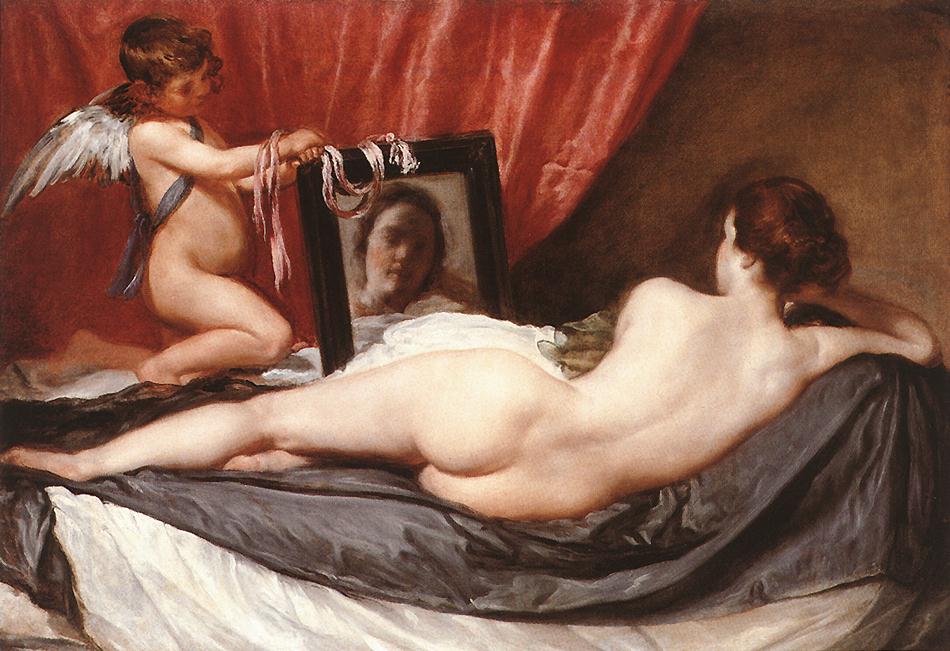 We have barely touched on the contributions of these Spanish artists, and we’ve only named a few. Like Picasso’s 25 000, there is never-ending opportunity for rendezvous between the rows of Spanish vineyards. Spain has 3 million acres of grapes, and is the world’s third largest producer of wine. But even so, even with the prolific imagination and production of Picasso and Goya and ancient winemakers alike, Spain always means quality over quantity. For as Dali said, “The connoisseur does not drink wine but tastes its secrets.”
We have barely touched on the contributions of these Spanish artists, and we’ve only named a few. Like Picasso’s 25 000, there is never-ending opportunity for rendezvous between the rows of Spanish vineyards. Spain has 3 million acres of grapes, and is the world’s third largest producer of wine. But even so, even with the prolific imagination and production of Picasso and Goya and ancient winemakers alike, Spain always means quality over quantity. For as Dali said, “The connoisseur does not drink wine but tastes its secrets.” 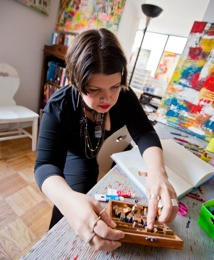 Lorette C. Luzajic is an artist and writer with roots in southern Ontario’s wine country soil. Native to Niagara, at home in Toronto, her work is inspired by wine, cheese, and bleak post-apocalyptic literature. If you missed her at the ROM or the Ritz, visit her at mixedupmedia.ca. Photo: Ralph Martin.
Lorette C. Luzajic is an artist and writer with roots in southern Ontario’s wine country soil. Native to Niagara, at home in Toronto, her work is inspired by wine, cheese, and bleak post-apocalyptic literature. If you missed her at the ROM or the Ritz, visit her at mixedupmedia.ca. Photo: Ralph Martin.
Spanish Wine and Art
